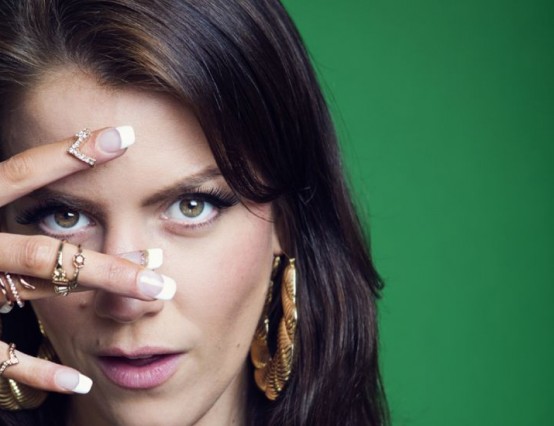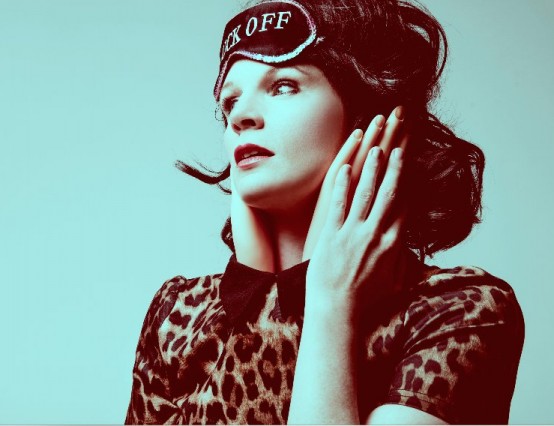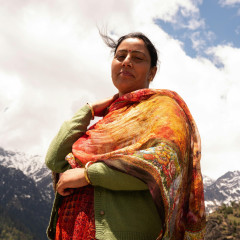What happens at The Arctic Circle?
The Arctic Circle brings together international artists, scientists and architects for working expeditions aboard a traditional tall ship in the high Arctic.
Many concurrent projects take place during our working expeditions. It's a logistical juggling act, a real challenge. It is also an unusual amount of fun. A group of artists and scientists working together in a remote part of our world and faced with conditions that only the Arctic can provide creates a common goal and sense of purpose.
What was the drive in combining art and science?
The practice of bringing together artists and scientists to share ideas, I believe, is a natural process. One discipline can inform another and they often seek each other out. They, artists and scientists, are truth seekers and share that common bond. Put them together and see what happens, that is our philosophy.
What has been the most surprising thing that has sprung from this intersection of ideas?
For me, the great surprise is that every participant in our program could have a different answer to that question. There are many ways to interpret findings. There are many ways to collaborate. And, there are many individual missions and projects involved in what we do. We provide the platform for the sharing of ideas, beyond that, surprises abound.
How do you choose the artists who will take part in the residency?
All participants are selected by jury from an international open call based on many factors including proposed projects and past work.
What is the biggest challenge in taking something like this to such an extreme location?
The biggest challenge is the one that is unknown until it becomes immediate. And that can change day to day. We are prepared for this, it is what we do. Accompanying all challenges is the fact that we are remote and in an unforgiving wilderness. Of course, that is also the reason why we are there.
Does the vastly changing landscape change the outcome of the Summer vs the Autumn expeditions?
These two seasons offer different factors (and therefore outcomes). Think summer, 24 hours of daylight, it's a very unusual experience. Or autumn, when in the final days of our program we can lose 45 minutes of light per day, it's dramatic.
What advice would you give to any young people hoping to get involved with this project in the future?
I'm excited when young people take an interest in what we do. I encourage them to visit our website (www.thearcticcircle.org) and join our mailing list to learn more about getting involved. And we are always open to sharing ideas.







0 Comments